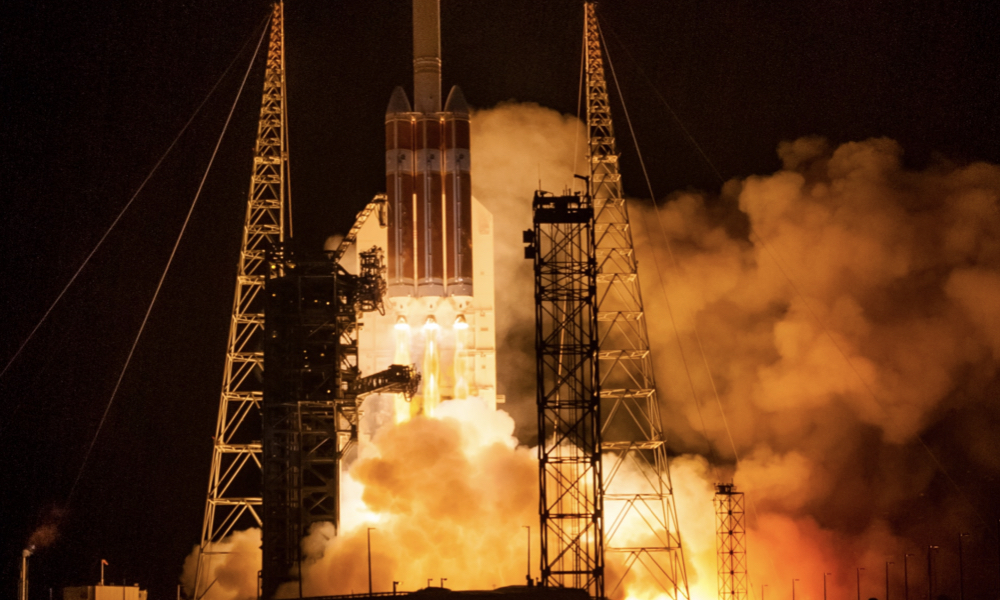
ESA Open Invitation to Tender AO9392
Open Date: 12/03/2019
Closing Date: 24/04/2019 13:00:00
Status: ISSUED
Reference Nr.: 18.1ET.04
Prog. Ref.: GSTP Element 1 Dev
Budget Ref.: E/0904-611 – GSTP Element 1 Dev
Special Prov.: DK+IT
Tender Type: C
Price Range: > 500 KEURO
Products: Satellites & Probes / RF / Microwave Communication (Platform and Payloads) / Transmitters / X-band, S-Band, Ka band, ¿ / Near Earth application, Deep space application, … / Platform vs Payload
Techology Domains: RF Systems, Payloads and Technologies / TT&C and Payload Data Modulator (PDM) Systems/Subsystems / Deep-Space Transponders / RF Systems, Payloads and Technologies / TT&C and Payload Data Modulator (PDM) Systems/Subsystems / Near-Earth Transponders
Establishment: ESTEC
Directorate: Directorate of Tech, Eng. & Quality
Department: Electrical Department
Contract Officer: Erkelens-Sickinger, Franziska
Industrial Policy Measure: N/A – Not apply
Last Update Date: 12/03/2019
Update Reason: Tender issue
Historically for TTC functions most of the cubesats relied on amateur bands (generally VHF/UHF). This is often the case but for LEO missions the transition to ITU S-Band for space research, space operations and earth explorationsatellite services (EES) is underway. However, nothing is currently in place in Europe to support missions at bigger distances, where X-Band is a need and where more sensitive receivers and more powerful HPA are required. Compliance with standard ESTRAK stations is also necessary (due to the unique performance) and therefore implementation of the air interface as per ECSS-E-ST-50 series is a basic condition: this is not a common standard for cubesat/microsatellite missions and very limited/partial implementations exists as of today. For LEO, GNSS receiver or simply TLE (two-line element) datasets can ensure orbit determination, therefore integrated Doppler and ranging function (either Tone, Code or PN DDOR) have never been implemented for such class of mission. This can serve also RadioScience purposes. In addition, the architecture, either at transponder and subsystem level, must be specially designed in order to achieve the extreme miniaturization requested and at the same time improving the performance. As an examples different frequency plans could be considered andtraded-off. Even though the relevant applicable standards for the air interface are not new, a dedicated and completely new integrated transponder and subsystem have to be developed. Major requirements for the subsystem are the following: Target mass: <1.5kg(X/X) for the whole subsystem (antenna excluded). Target power: <4W (RX mode). RF power out (TX mode) up to 15W at antenna port. In the frame of this activity the following tasks shall be performed: Architecture design at subsystem level with definition of main building blocks Transponder architecture definition preliminary design with scalability and modularity, Transponder Detailed design, Develop/build EM modules with technology allowing path to fly, developing also a roadmap for the final qualification Integration and testing of the overall EM model.
If you wish to access the documents related to the Invitation to Tender, you have to log in to the ESA Portal.
